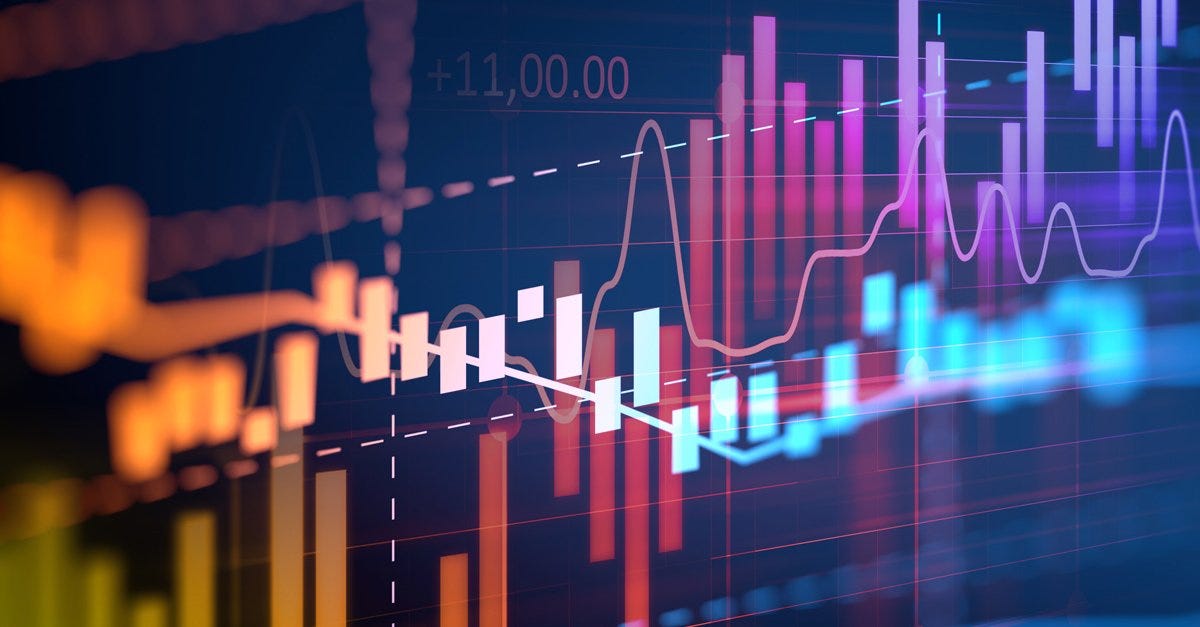Mastering the Waves: A Comprehensive Guide to Handling Big Time Series Data
The amount of time series data produced by multiple sources, including social media, financial markets, and Internet of Things devices, has increased dramatically in today's data-driven society. Big time series data is sequential, highly dimensional, and requires real-time processing, which presents special issues. In-depth instructions on how to handle and analyze large amounts of time series data are provided in this thorough guide, giving readers the tools they need to fully utilize the potential of temporal data on a large scale.
Understanding the Challenges of Big Time Series Data
Big time series data differs from other forms of big data in that it faces a number of obstacles.
- High Volume: The sheer volume of data produced over time can be debilitating, necessitating substantial processing and storage capacity.
- High Velocity: Time series data must be ingested and processed quickly in order to retain its relevance because it is frequently created in real-time.
- High Dimensionality: The complexity of analysis can be increased by the presence of several variables in time series datasets, each of which represents a distinct element of the data.
- Sequential Nature: Without modification, typical big data techniques become less successful due to the important temporal sequence of data points.
Techniques for Handling Big Time Series Data
To manage and analyze big time series data effectively, several techniques and tools can be employed:
1. Data Storage Solutions
Distributed Databases:
- Apache Cassandra: Large volumes of time series data can be handled by this highly scalable and fault-tolerant NoSQL database across numerous commodity servers without the need for a single point of failure.
- Amazon DynamoDB: A fully managed NoSQL database service that scales easily and offers quick, consistent performance—perfect for time series data.
Time Series Databases (TSDBs):
- InfluxDB: a specifically created time series database with features like data compression and retention regulations, intended for high write and query loads.
- OpenTSDB: Easily store, index, and serve enormous volumes of time series data, OpenTSDB is built on top of Hadoop and HBase.
2. Data Ingestion and Processing
Stream Processing Frameworks:
- Apache Kafka: A dispersed streaming system that can manage data streams in real time. Real-time data pipelines and streaming applications can be constructed with it.
- Apache Flink: A framework for stream processing that offers low latency and high throughput data processing, ideal for real-time analytics on time series data.
Batch Processing Frameworks:
Apache Spark: A unified analytics engine for big data processing, with built-in modules for streaming, SQL, machine learning, and graph processing. It provides efficient batch processing capabilities for large time series datasets.
3. Data Compression and Aggregation
Data Compression:
Effective compression methods can drastically lower massive time series data storage needs. Time series data can be effectively compressed using techniques like Gorilla compression (used by Facebook's TSDB), run-length encoding, and delta encoding.
Data Aggregation:
Various granularity levels of data aggregation can aid in controlling the amount of data. Methods that can shrink the data size without sacrificing important information include downsampling, which lowers the resolution of the data, and summarization, which computes statistical summaries.
4. Scalability and Parallelism
Horizontal Scalability:
The distribution of data and processing load among several nodes can improve the efficiency of handling larger datasets. The horizontal scalability of technologies such as Apache Cassandra and Hadoop is built in.
Parallel Processing:
Large time series datasets can be processed concurrently, greatly increasing processing speed and efficiency, by utilizing parallel processing frameworks like Apache Spark.
Best Practices for Managing Big Time Series Data
- Choose the Right Tools: Use time series data-optimized processing and storage tools, like Apache Spark for processing and InfluxDB for storage.
- Optimize Data Ingestion: To manage real-time data ingestion effectively, use stream processing frameworks such as Apache Kafka.
- Implement Data Compression: Apply effective compression techniques to reduce storage costs without losing critical information.
- Use Aggregation Wisely: To minimize volume, aggregate data while maintaining important temporal trends.
- Monitor Performance: Keep an eye on your data pipeline's performance to spot bottlenecks and adjust as necessary.
- Ensure Scalability: Design your architecture to scale horizontally, allowing you to handle growing data volumes seamlessly.
Applications of Big Time Series Data
Handling big time series data is crucial across various domains:
- Finance: The effective processing of substantial amounts of financial time series data is essential for algorithmic trading, risk management, and real-time stock price analysis.
- Internet of Things: Real-time data monitoring and analysis from hundreds of sensors for applications such as industrial automation, environmental monitoring, and smart cities.
- Healthcare: Predictive analytics and ongoing patient vital sign monitoring for early disease detection and individualized care.
- Retail: Optimizing operations and enhancing customer experience through the analysis of inventory levels, sales patterns, and consumer behavior.
Conclusion
As we get to the end of our investigation into the handling of massive time series data, it is evident that a mix of specialized tools, scalable systems, and effective processing techniques are needed to manage and analyze such data successfully. Analysts may fully utilize huge time series data to drive educated decision-making and unearth significant insights by utilizing distributed databases, time series databases, stream processing frameworks, and data compression techniques. We will explore machine learning and predictive modeling as well as other advanced analytics methods for large-scale time series data in later articles. Join us as we go further into the intriguing field of time series analysis and uncover the mysteries of temporal data, enabling the next wave of data-driven innovation.


Comments
Post a Comment